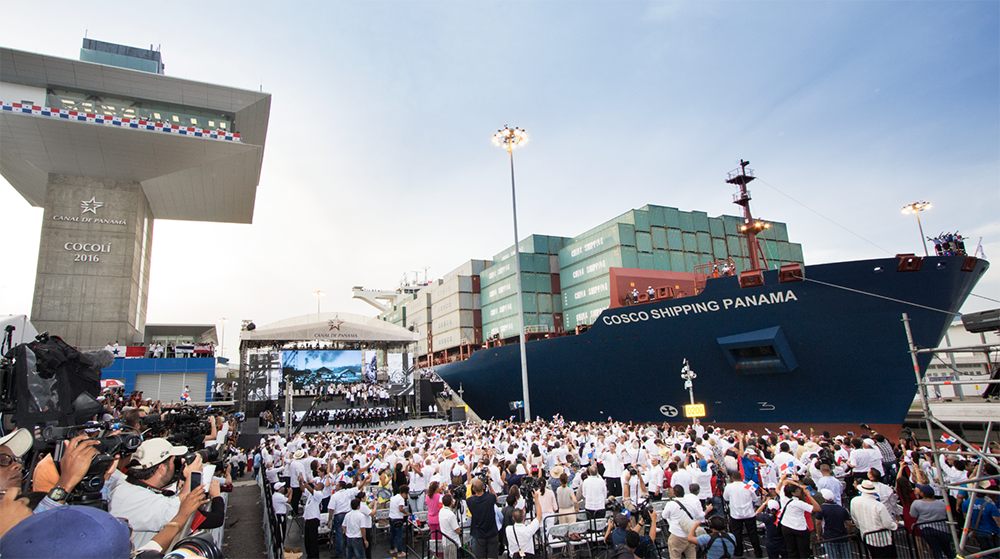The interoceanic waterway is known as one of the modern wonders of the world. Since 1999 it has been under Panamanian and in 2016 it was expanded; it is an important point for world commerce.
The history of the Panama Canal is well known and it is the one piece of information that most people know about the country. It is with good reason that the country’s fans in the soccer World Cup – the country’s first classification – were nicknamed the ‘Canaleros’.
Although their participation in the sport event was not the best, the whole world was pleasantly surprised with the joy that the Pananamians fans portrayed. The Canal is the axis for the country’s history and it has a great impact on the idiosyncrasy of its people.
Therefore, beyond telling the story of this engineering milestone, this article will focus on facts that explain why the locals are so proud of the Canal.

December 31, 1999
The United States hands over the administration of the Panama Canal to the Panama Canal Authority (PCA). This is an autonomous legal entity with exclusive charge of the operation, administration, management, preservation, maintenance, and modernization of the Panama Canal and its adjacent activities and related services so that the Canal can operate in a safe, continuous, efficient and profitable manner*. (Fuente Wikipedia).
The PCA is autonomous and independent from the Government, thus avoiding any political interference in the management of the interoceanic waterway.
December 22, 2006
Through an initiative of then president, Martin Torrijos, the people voted in favor of the expansion of the Canal. The objective was to double its capacity and increase traffic.
The project included the “construction of two new sets of locks – one in the Pacific and the other in the Atlantic – each with 3 chambers that included three water saving basins in each chamber;
- Excavation of three new access channels to the new locks and the widening of existing navigation channels
- Deepening of the navigation channels and raising the maximum operating water level of Gatun Lake (Wikipedia).
According to the Panama Canal Authority, the project would have an estimated cost of $5.25 billion dollars and would take seven years to build.
September 3, 2007
Construction officially starts to expand the Canal. Work was extended until 2016 and this is how the Cocoli and Agua Clara locks were included in the operation. A third lane was also added specifically for the transit of neopanamax vessels.
June 26, 2016
The expansion of the Panama Canal was officially inaugurated with a massive ceremony that filled the nation with pride. A new beginning for the world maritime industry was celebrated when the Neopanamax ship COSCO Shipping Panama – renamed in honor of the country – crossed the new Agua Clara locks on the Atlantic side.
The Panama Canal today
- The Panama Canal connects 180 waterways and 1,920 ports around the world
- In 2020, 13,369 transits through the Canal were registered
- 170 countries regularly use the Canal’s services
- Since its inauguration in 2016, 13,700 neopanamax ships have crossed the Canal, representing 28% of the transits in this period
- Since 2016, the Neopanamax locks have saved around 40 million tons of carbon dioxide being released into the atmosphere





